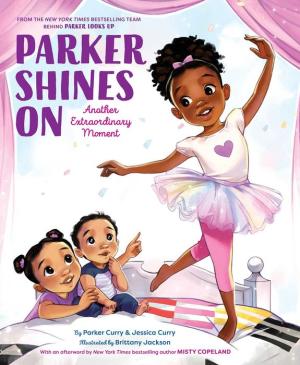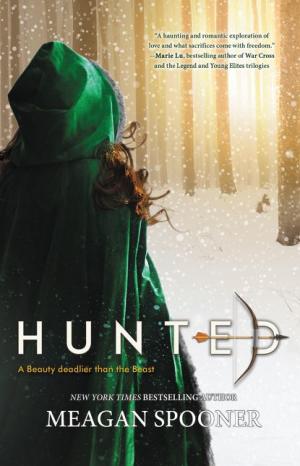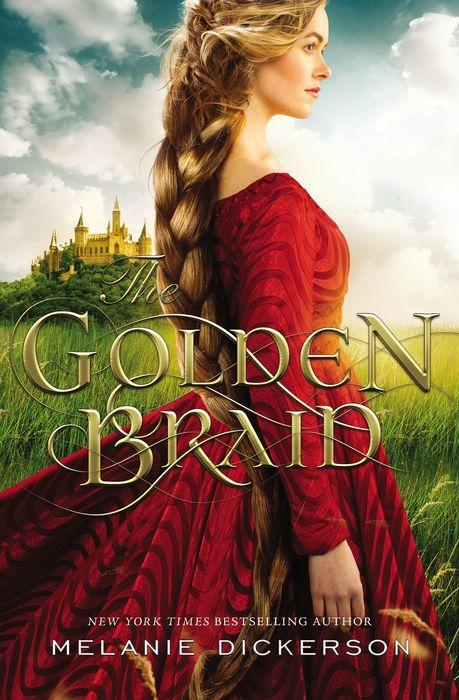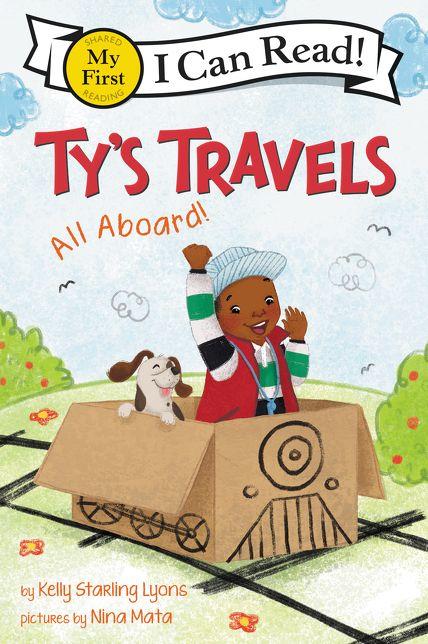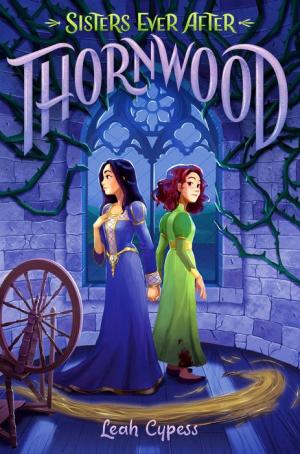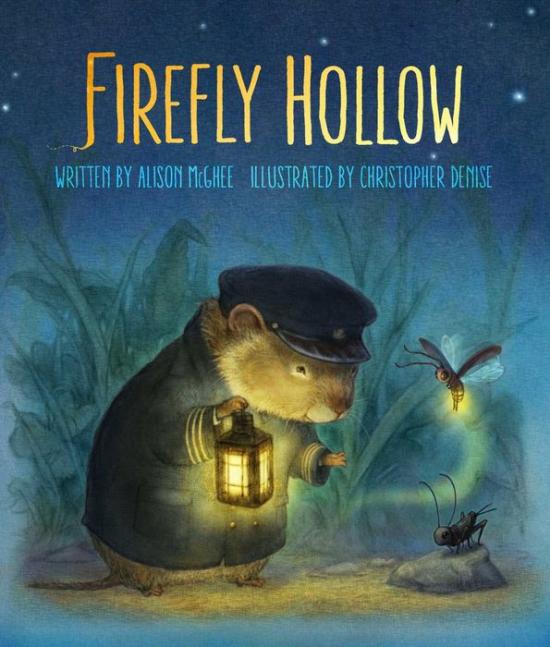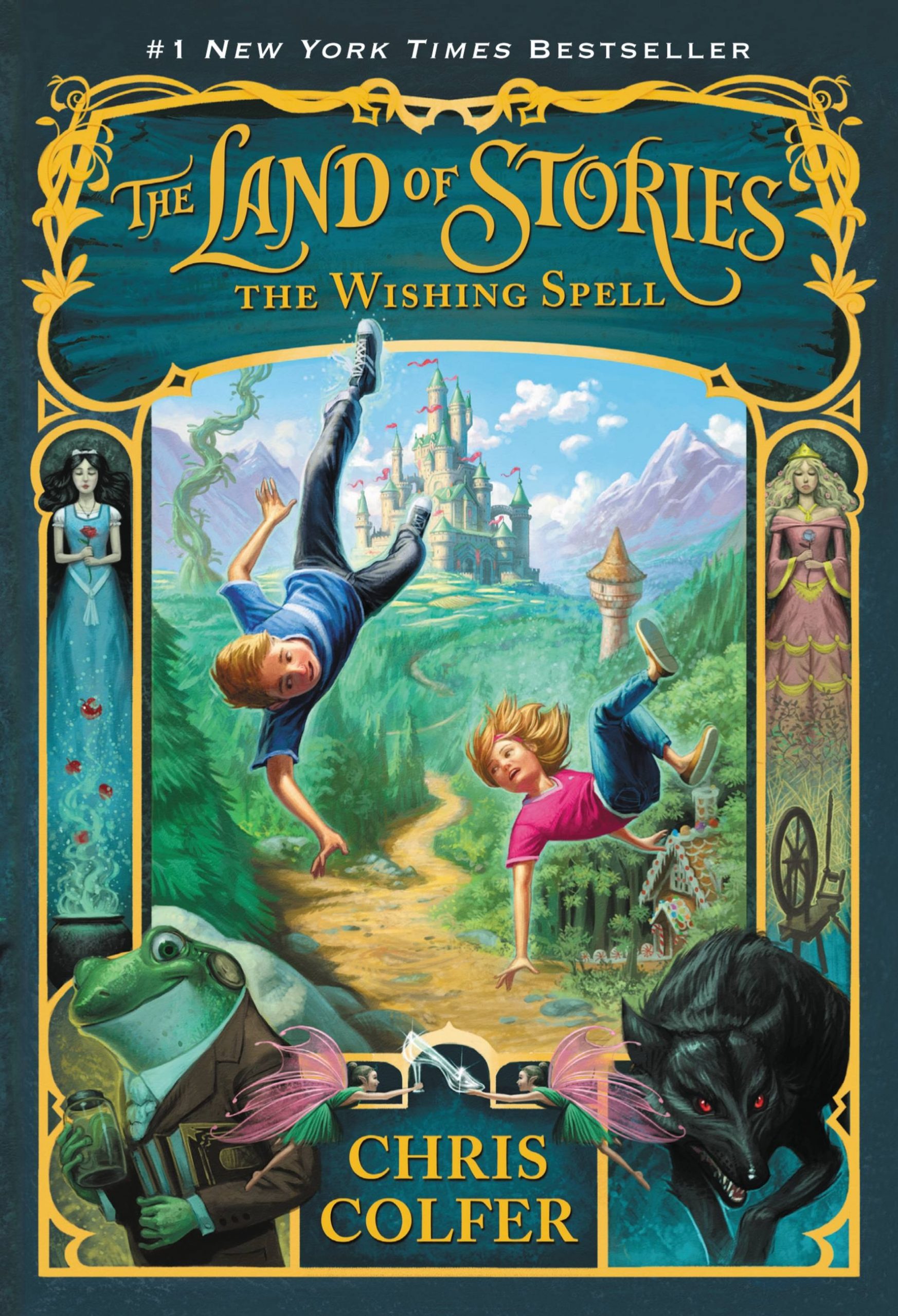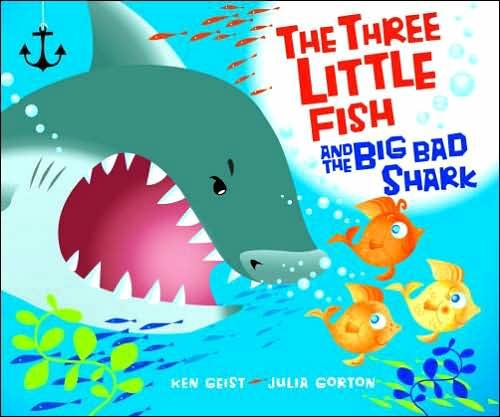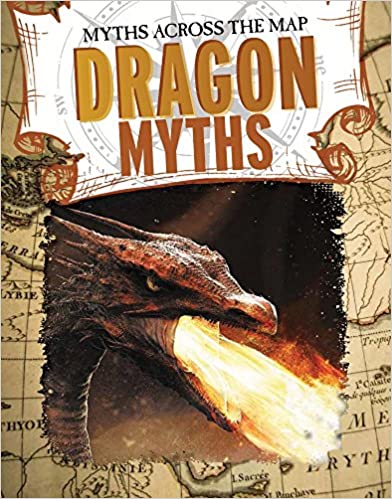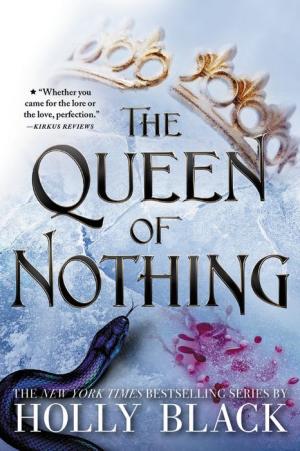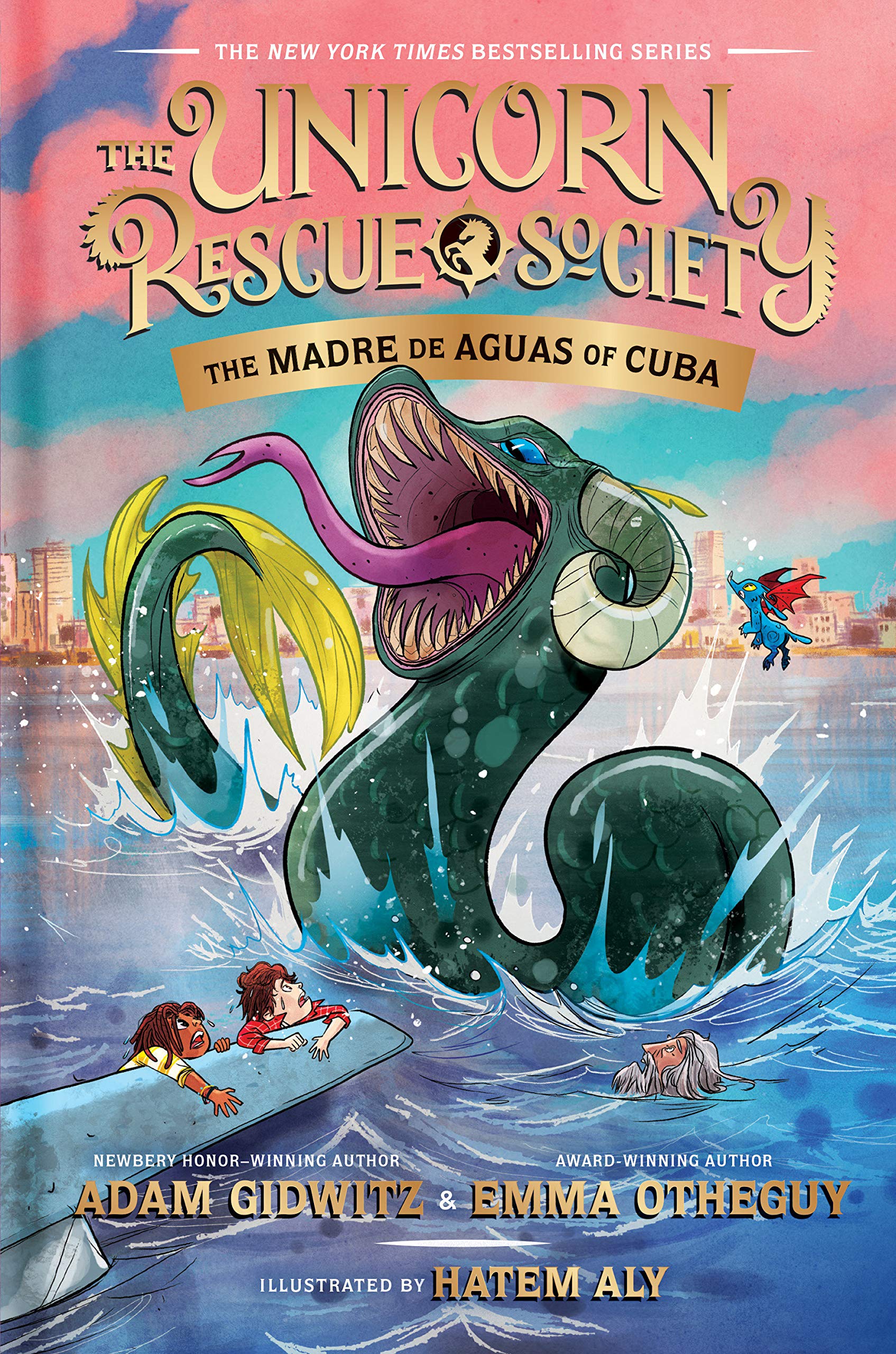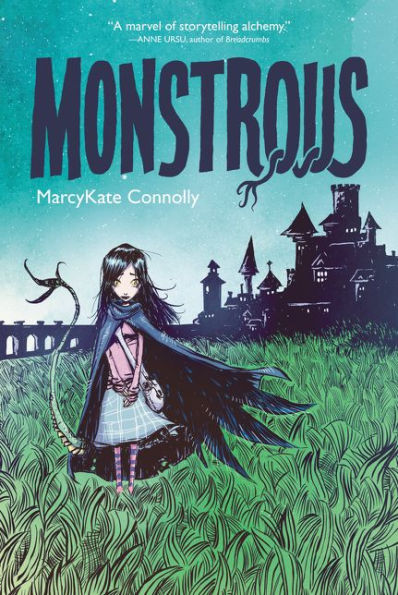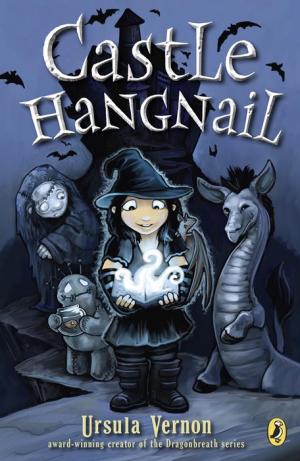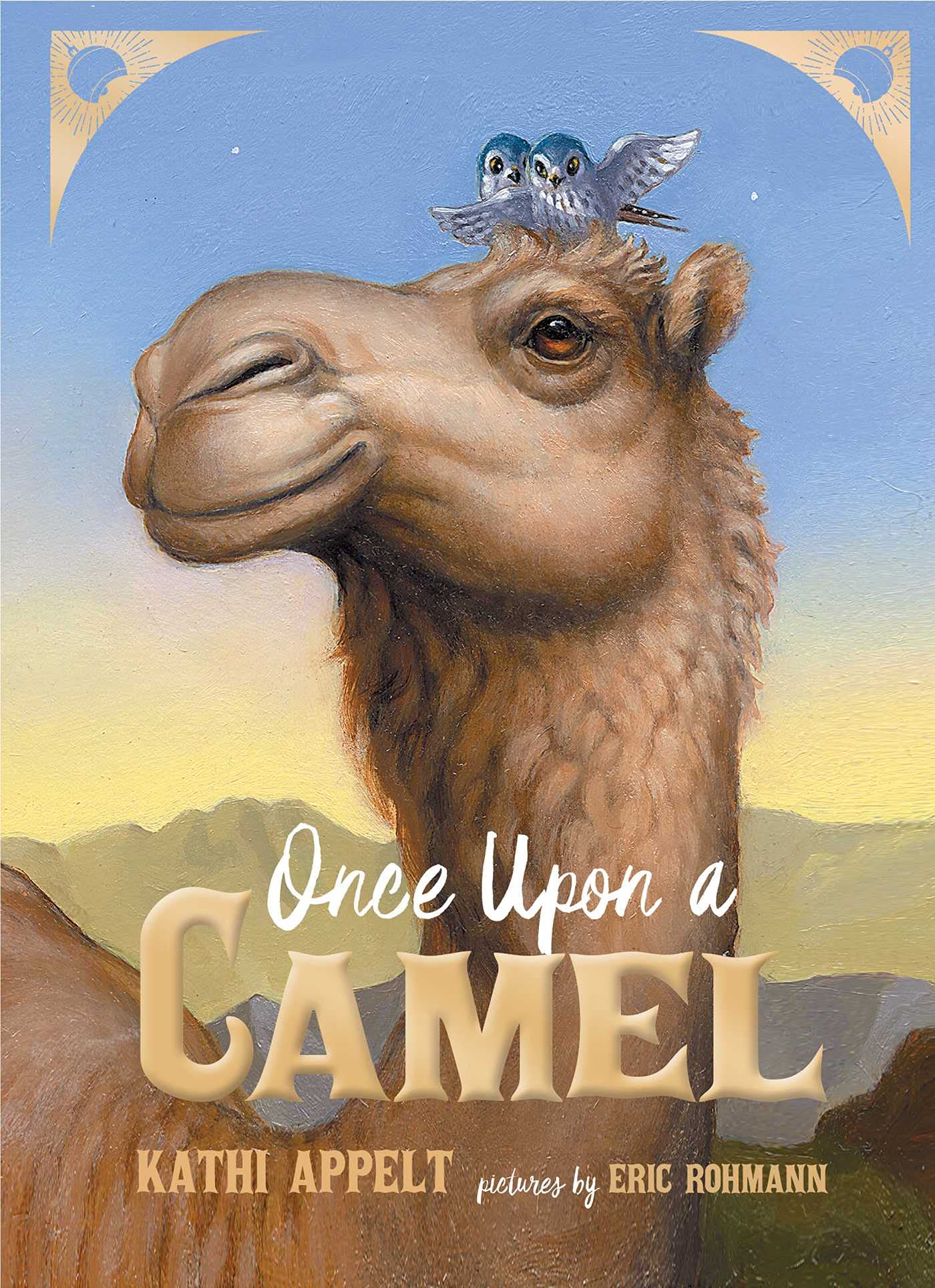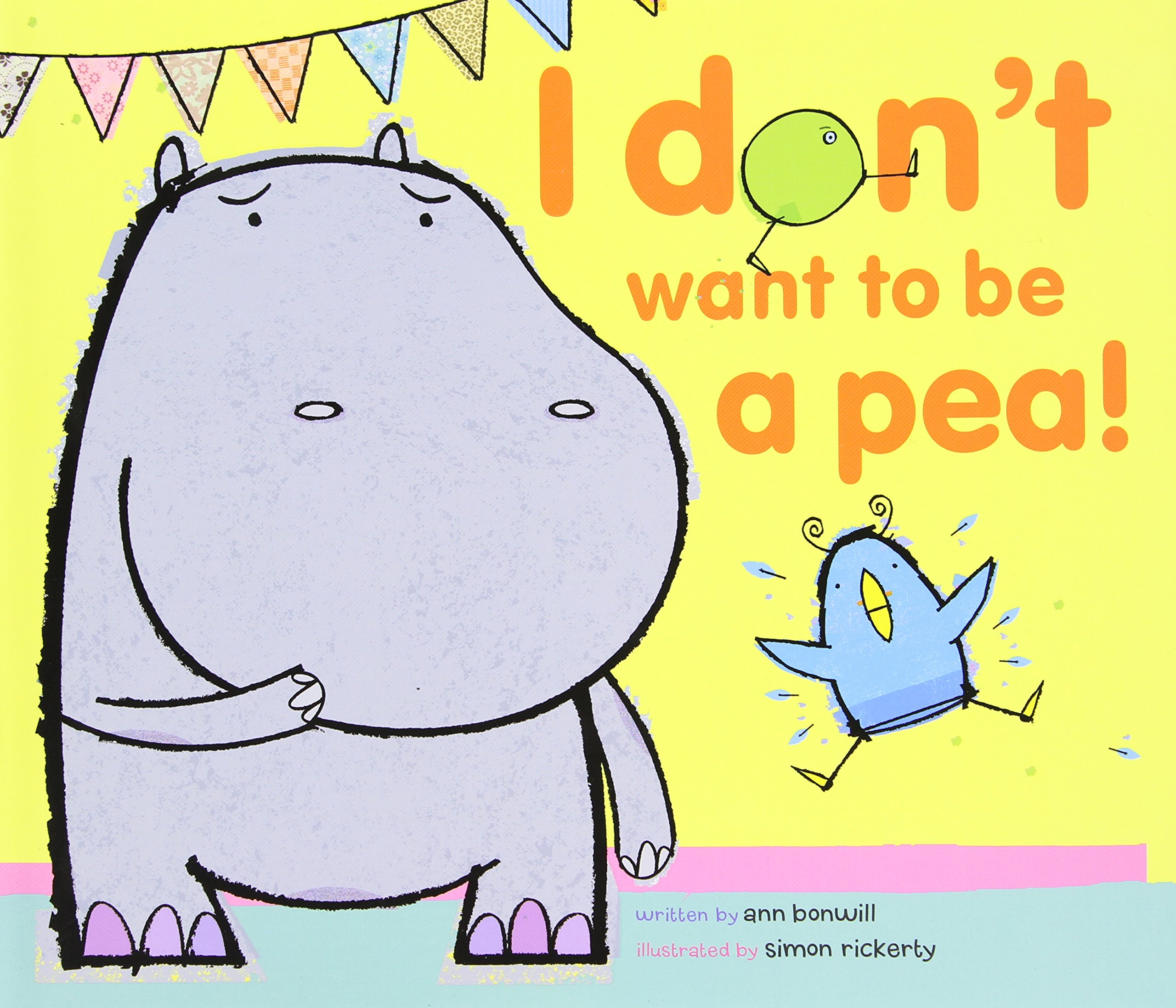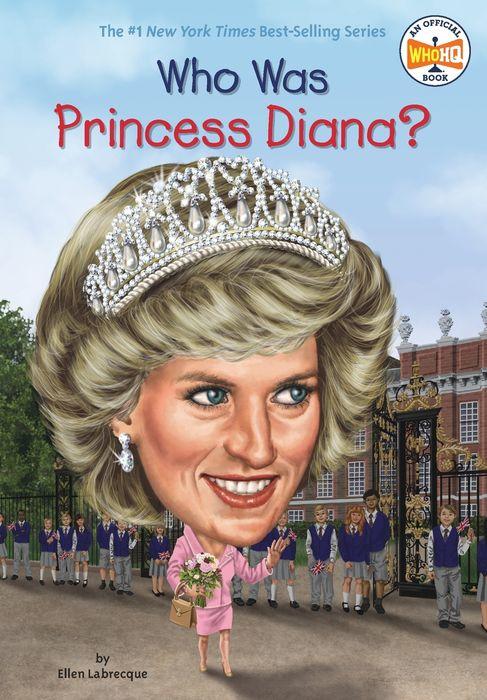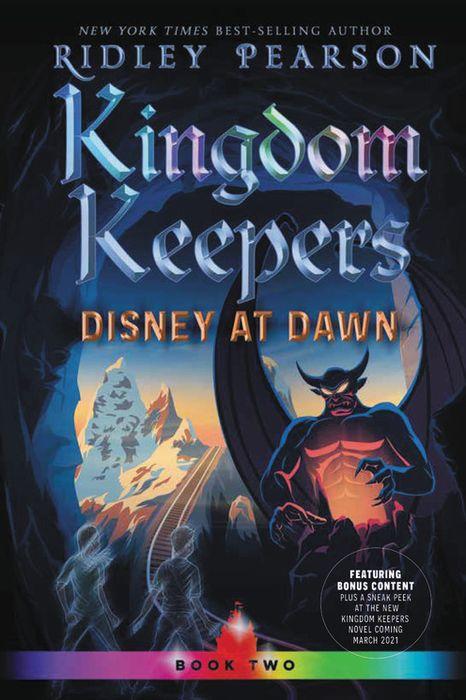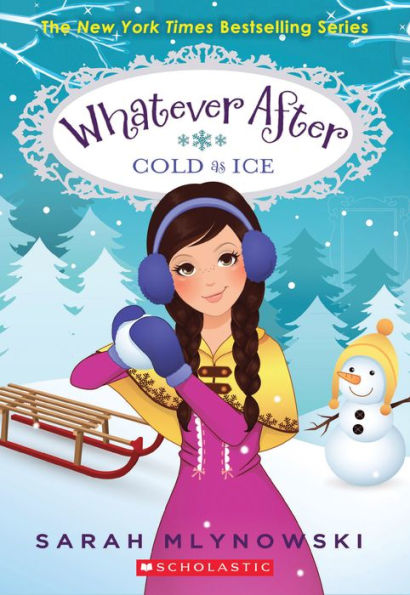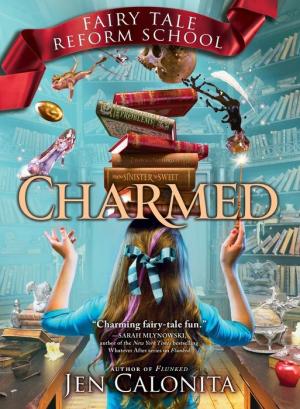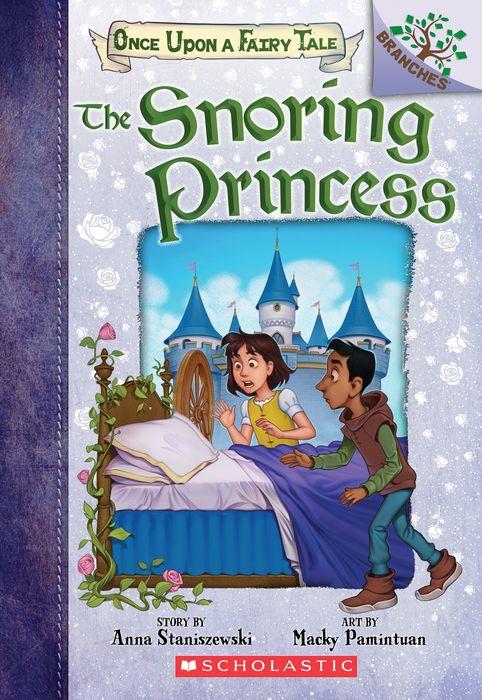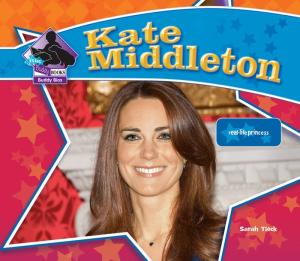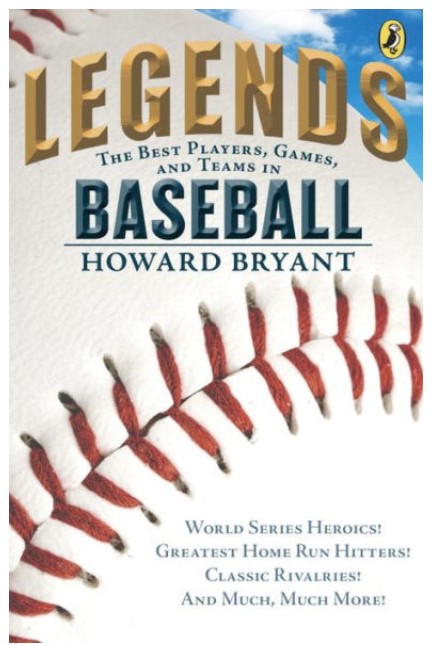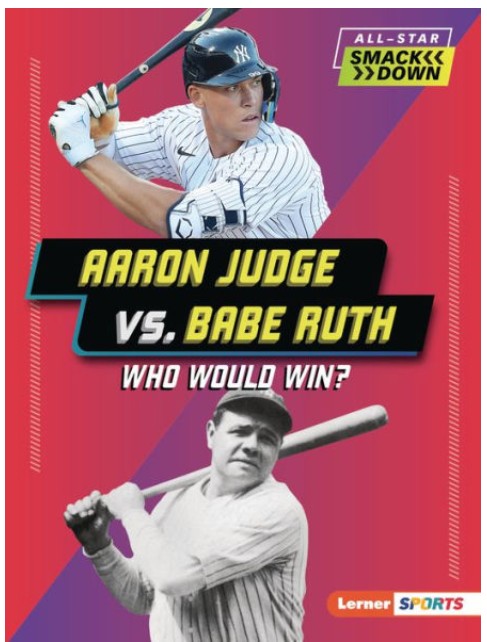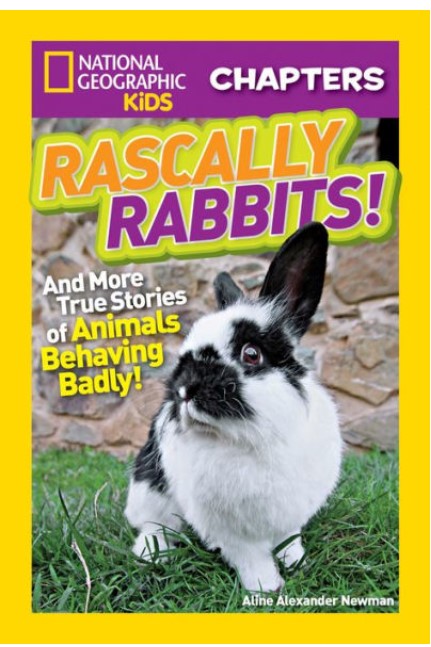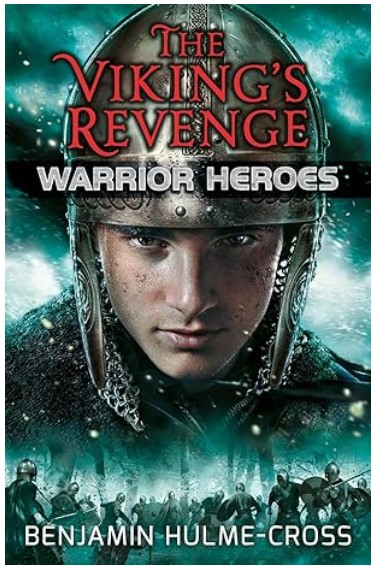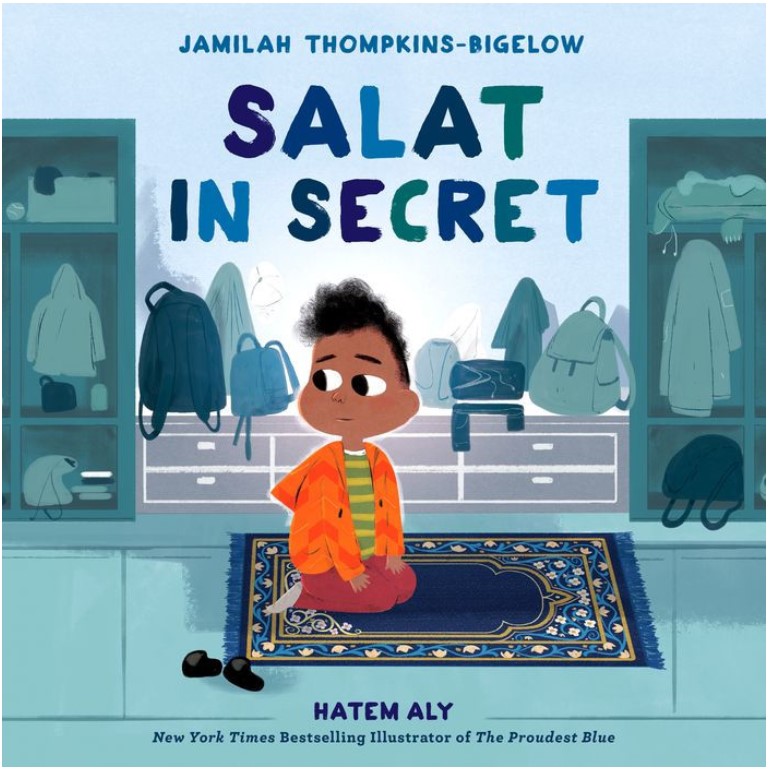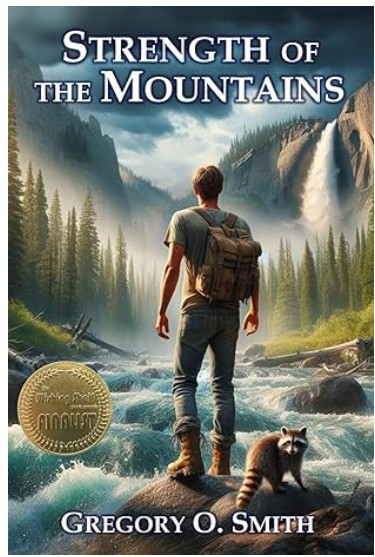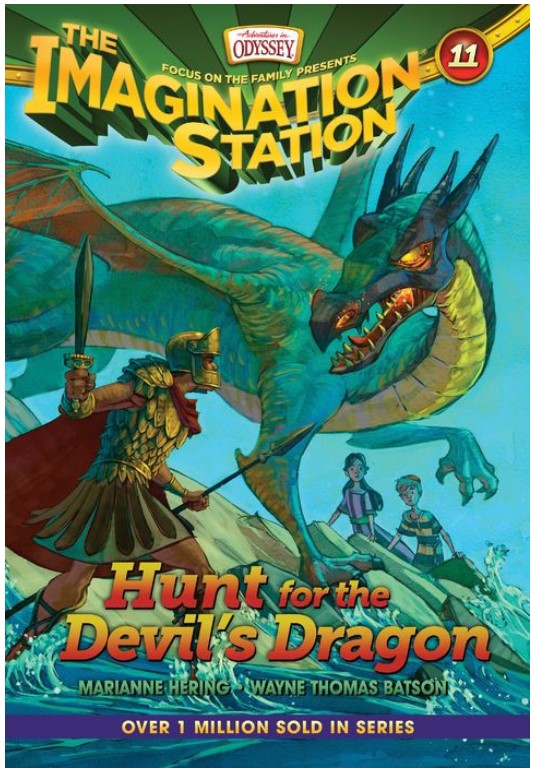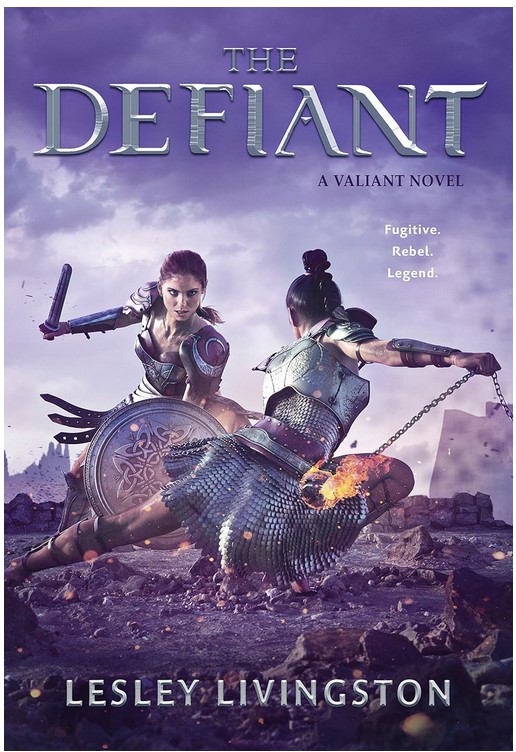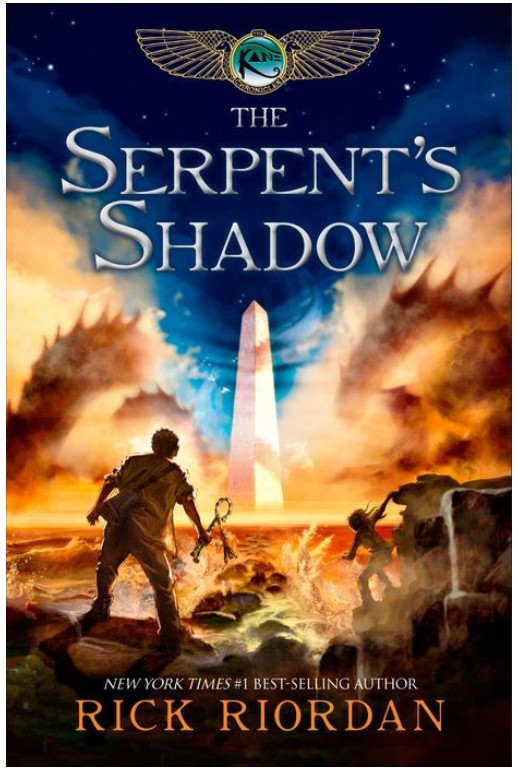Shadowhunters are angelic humans who are responsible for keeping mundanes (humans) safe from demons and other supernatural threats. For many years, London has had a quiet period, where demons have been rare. However, this changes when a new demon, a Manticore, begins killing shadowhunters. James and his sister Lucie, along with his friends, Cordelia, Matthew, Thomas, and Christopher, hatch a plan to stop the murders of their friends and families. They enlist the help of many others, not just shadowhunters, but also warlocks and ghosts, to heal those who have been injured by the Manticore. The group is determined to defeat the Manticore once and for all.
James is the son of Tessa (a warlock), and Will (a great shadowhunter). Due to the presence of demonic blood in his lineage, James often finds himself jumping between the “shadow world,” and the mortal realm. Lucie, his sister, has an unusual ability to speak to ghosts, as well as to command the dead. Cordelia is a strong, independent woman. Matthew provides comic relief. Thomas and Christopher are wholesome, kind men. Together, this band of self-named “Merry Thieves” provides an interesting cast of characters you can’t help but love.
James has been in love with Grace Blackthorn for years, seeing her every summer when on vacation, and keeping up a relationship in secret. However, when Cordelia moves to London, he finds himself drawn to her in ways that he wasn’t expecting, and is torn between the two women. When Grace breaks it off with James, he and Cordelia begin a relationship; however, it is cut short by Grace reentering James’s life using a bracelet that breeds affection. With James hopelessly in love with Grace once more, Cordelia is in an awkward situation.
In order to finally defeat the Manticore, James must journey to Hell to meet his grandfather, a demon. He and Cordelia enter the realm and kill the Manticore, while those still in the mortal realm find a cure for those who have been injured. Although it seems that the Manticore has been defeated, Belial, a Prince of Hell and James’s grandfather, has not been incapacitated to the same effect. The reader is left with a sort of cliffhanger, knowing that there is more trouble to follow.
The book is told from a third-person omniscient point of view, allowing the reader to get inside the heads of the characters, and better understand their actions and motivations. Clare creates a captivating story that’s impossible to put down, with characters who feel real enough to jump off the page. The novel emphasizes the importance of friendship and relying on those around you for help. Family is also an important theme in the novel, especially recognizing those in your family as people, rather than idols of perfection.
The cast is full of characters who are outsiders in a way, be it through sexuality, race, or gender, and the story showcases the importance of being yourself. Altogether, the novel has a fast-paced plot, characters full of depth, and important messages. All of these aspects come together to create a story that is not only entertaining but meaningful as well.
Sexual Content
- James kisses Grace at her request, and he feels “the cool, soft press of her lips against his.”
- Cordelia catches her brother, Alastair, kissing Charles. “It was Alastair’s turn to bury his hands in Charles’s hair, to press against Charles’s body and fumble with his waistcoat. Charles’s hands were flat against Alastair’s chest, and he was kissing Alastair hungrily, over and over—”
- Grace coerces Matthew into kissing her. Matthew “pressed his hungry mouth against her lips and kissed her, and kissed her. She tasted of sweet tea and oblivion. He felt nothing, no desire, no yearning, only an empty desperate compulsion.”
- In order to keep from getting recognized at a party, James kisses Cordelia. “She knew he was making it look as if they were Downworlders having an assignation in the Whispering Room—but it didn’t matter, nothing mattered except the way he was kissing her, gloriously kissing her.”
Violence
- James kills a demon, and “let both of his knives fly. One plunged into the demon’s throat, the other into its forehead.”
- There is a four-page scene in which the Shadowhunters fight a large demon. Particularly violent parts are when “the demon clawed at [someone’s] throat,” and Cordelia brought “Cortana down in a great curving arc, severing [the demon’s] head.”
- James saves Cordelia from a demon. “The demon screeched, a high and horrible noise, as the knives plunged into its torso. The creature spasmed—it seemed almost to be crumbling, its leathery seedpods pattering to the ground like rain. It gave a last choking hiss and vanished.”
- Cordelia describes the fight against the Manticore. Cordelia “whipped Cortana [her sword] forward with a slashing motion, shredding the demon in front of her.” The scene is described over four pages.
- James and Matthew fight a Khora demon, and James throws knives at it. “The knives sank to their hilts in the demon’s skull. It blew apart; one of the other demons screamed.” Then Christopher gets hurt. “The demon’s great clawed hand raked across Christopher’s chest.”
- James fights the Manticore in the Hell realm, and the Manticore attacks with his claws, “One raked James’s arm; he spun sideways, blade whipping overhead, slashing across the demon’s torso.” The scene is described over 3 pages.
- Grace says, “I was eight when [my parents] were killed by demons.”
Drugs and Alcohol
- Matthew is often portrayed as either drunk or drinking, with eyes that are “suspiciously bright.” He is often holding a flask or alcohol of some kind. Lucie confronts him, saying, “You’re drunk now . . . Matthew, you’re drunk most of the time.”
- When James is sick with a scalding fever, he is forced to drink a “loathsome potion” to heal.
- After Grace breaks up with James, he gets drunk. “James unbuttoned the inside pocket and drew out [Matthew’s] silver flask.”
- Alastair reveals to Cordelia that their father is an alcoholic. Alastair says, “he’s always bloody drunk, Cordelia. The only one of us who didn’t know that is you.”
Language
- Profanity is rarely used. Profanity includes bloody and hell.
Supernatural
- When Lucie is exploring the forest outside of her house, she talks about the moss, and how “her father told her it was a pillow for faeries at night, and that the white stars of the flowers that grew only in the hidden country of Idris made bracelets and rings for their delicate hands.”
- While in the forest, Lucie falls into a pit. Jesse saves her and then says, “This is one of [the faerie’s] pit traps. They usually use them to catch animals, but they’d be very pleased to find a little girl instead.”
- Jesse tells Lucie that if the faeries catch her, she “could find [her]self serving faerie gentry in the Land Under the Hill for the rest of [her] life.”
- When James is fighting a demon, “he was suddenly pulled into Hell,” which is often referred to as the “shadow realm,” a dimension James is often taken to without warning.
- Most of the characters are Shadowhunters/Nephilim, who are “a special race of warriors, descended from an angel, gifted with powers that allowed them to wield weapons of shining adamas and to bear the black Marks of holy runes on their bodies—runes that made them stronger, faster, more deadly than any mundane human; runes that made them burn brightly in the dark.”
- James fights a demon that is described as having “a ribbed gray body, a curving, sharp beak lined with hooked teeth, and splayed paw-like feet from which ragged claws protruded.”
- While fighting a demon, James notes something like recognition in its eyes, but goes on to say that “demons, at least the lesser kind, didn’t recognize people. They were vicious animals driven by pure greed and hatred.”
- Shadowhunters rely on Seraph blades, swords “infused with the energy of angels.”
- Shadowhunters have runes that allow them to do various things, such as “glamour runes [that] made them invisible to all eyes not gifted with the Sight.”
- As James and his friends walk through London, “James caught a glimpse of the pale skin and glittering eyes of a vampire.”
- There are a variety of supernatural beings, referred to as “Downworlders.” One of these groups are warlocks. “Warlocks were the offspring of humans and demons: capable of using magic but not of bearing runes or using adamas, the clear crystalline metal from which steles and seraph blades were carved. They were one of the four branches of Downworlders, along with vampires, werewolves, and the fey.”
- Both James and Lucie can see ghosts, a trait they note as “not uncommon in the Herondale family.”
- James describes the shadow realm as having, “charred earth. A similarly scorched sky arced above him. Twisted trees emerged from the ground, ragged claws grasping at the air.”
- When James is hurt, Matthew draws an “iratze, a healing rune,” on James.
- Tessa, James’s mother, recalls “attending a vampire frolic once. And some sort of party at Benedict Lightwood’s house, before he got demon pox and turned into a worm, of course—”
- Cordelia talks about the reason for her father’s arrest, noting that “a nest of Kravyād demons had been discovered just outside the border of Idris,” the home country of Shadowhunters. She notes that her father had been called in to help, but “the Kravyād demons had gone—and the Nephilim had trespassed onto land that a vampire clan believed was theirs.”
- Matthew talks about a warlock he once knew, “who had three arms. He could duel with one hand, shuffle a deck of cards with the next, and untie a lady’s corset with the third, all at the same time. Now there was a chap to emulate.”
- Shadowhunters have a light source that they call “witchlight,” which requires no electricity.
- Jessamine and Jesse, two characters in the book, are ghosts.
- Cordelia has a sword, Cortana, which her father used when he “slew the great demon Yanluo…They say the blade of Cortana can cut through anything.”
- While all the young Shadowhunters are at a picnic, “a demon broke the surface” of the lake.
- A pack of demons are described: “The demons raced like hellhounds across the grass, leaping and surging, utterly silent. Their skin was rough and corrugated, the color of onyx; their eyes flaming black.”
- Silent Brothers are the healers of the Shadowhunter world, and speak in silent voices, “an echo in [the] head.” They are described in, “Ivory robes marked in red, skin drained of color, scarred with red runes. Most were without hair and worse, had their eyes sewn shut, their sockets sunken and hollow.”
- Before sneaking into Grace’s house, Lucie and Cordelia “marked themselves carefully with various runes—Strength, Stealth, Night Vision.”
- Cordelia encounters a demon in the Blackthorn’s greenhouse. “It was a demon, but not like any she had seen before. From a distance it almost seemed a butterfly or moth, pinned to the wall, wings outspread. A second, closer look revealed that its wings were membranous extensions, shot through with pulsing red veins. Where the wings joined together, they rose into a sort of central stalk, crowned by three heads. Each head was like a wolf’s, but with black, insectile eyes.”
- When the group meets a warlock, Malcolm Fade, Cordelia notes that, “Most warlocks had a mark that set them apart, a physical sign of their demon blood: blue skin, horns, claws made of stone. Malcolm’s eyes were certainly an unearthly shade, like amethysts.”
- At the Hell Ruelle, a sort of party, Cordelia talks about the guests in attendance: “Vampires stalked by proudly, their faces gleaming in the electric light; werewolves prowled the shadows in elegant evening dress. There was music coming from a string quartet standing on a raised cherrywood stage in the center of the room. Cordelia glimpsed a handsome violin player with the gold-green eyes of a werewolf, and a clarinetist with auburn curls, his calves ending in the hard hooves of a goat.”
- At a party, Cordelia meets Hypatia Vex, whose pupils “were the shape of stars: her warlock mark.”
- After Cordelia realizes that someone had tried to poison two warlocks, one of the warlocks confirms this using magic. “Malcolm Fade waved a hand over his own cup. Purple sparks woke and danced in his glass. The red wine stain on the carpet unfurled like a flower and turned to purple smoke.”
- Ragnor Fell, a warlock, is described as having “an extra joint on each finger,” and Gast, another warlock, has “multiple rows of teeth, like a shark.”
- At a warlock’s house, a “clearly enchanted fire burned in the grate, the flames silver and blue. The smoke that rose from the fire traced delicate patterns on the air in the shape of acanthus leaves. Its smoke smelled sweet, like attar [a fragrant essential oil] of roses.”
- The group acquires a Pyxis, used for catching demons, and describes how it works. “When you wish to trap a demon, you first wound or weaken it. Then you place the Pyxis on the ground nearby and speak the words ‘Thaam Tholach Thechembaor,’ and the demon will be sucked into the box.”
- Cordelia describes the Manticore demon as having “the body of a mangy lion with elongated legs, each one ending in a massive, taloned paw. Its head was snakelike and scaled, with glittering red eyes and a triple row of serrated jaws.”
- Lucie is revealed to have the power to call the dead, something that Jesse explains to her, saying, “You called the dead, and the dead came. I heard you, across the whole city, calling for someone to help you.”
- James opens a portal to Hell, which Cordelia describes as “a large archway. It seemed to be made of dark light; it curved with Gothic flourishes, as though it were part of the cemetery, but Cordelia knew it was not. Through it, she could glimpse a swirl of dark chaos, as if she were looking through a Portal into the vastness of black space itself.”
- Grace is attacked by a demon described as “half-reptilian and half-human, with leathery bat’s wings and a sharply pointed chin like the tip of a knife.”
- James meets his grandfather, Belial, a Prince of Hell, and he is described as “a Prince of Hell showing himself in his most human form. He looked like a statue carved by a divine hand: his features were ageless, handsome, everything in balance. It was possible to see in his face the terrible beauty of the fallen.”
- Grace reveals that her “mother invoked black magic to try to bring [her] brother back [from the dead].”
- Lucie saves James by giving him Jesse Blackthorn’s “last breath,” which had been contained in a locket before he died.
Spiritual Content
- To enter the Silent City where the Silent Brother’s live, James must answer a riddle. “’Quis ut Deus?’ he said. ‘Who is like God?’ the Angel asks. The answer is ‘No one. No one is like God.’”
by Sara Mansfield

